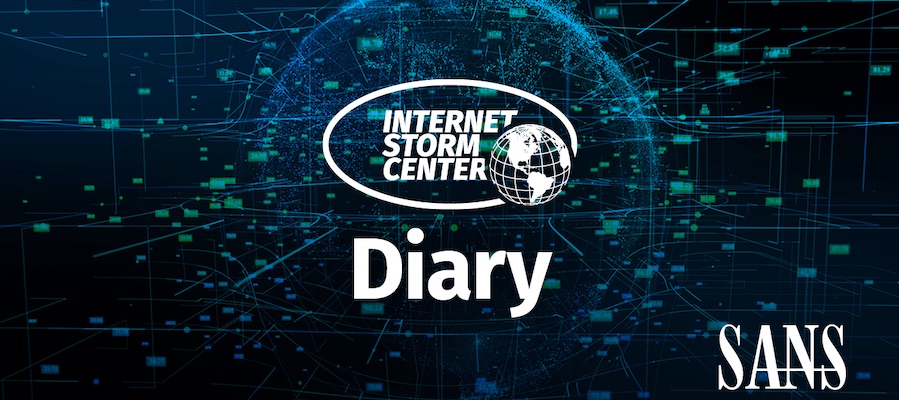I published the following diary on isc.sans.edu: “Malicious PowerShell Targeting Cryptocurrency Browser Extensions“: While hunting, I found an interesting PowerShell script. After a quick check, my first conclusion was that it is again a simple info stealer. After reading the code more carefully, the conclusion was different: It targets crypto-currency browser

